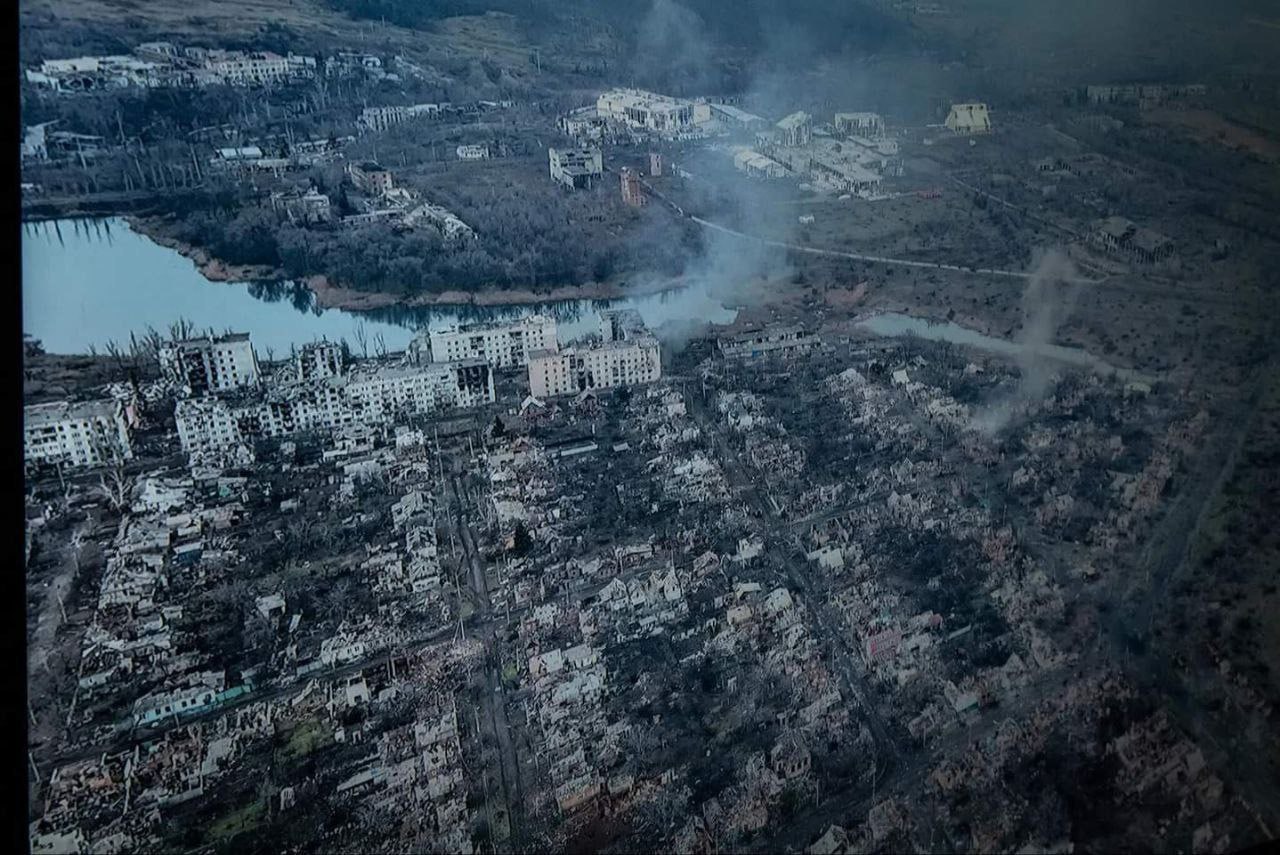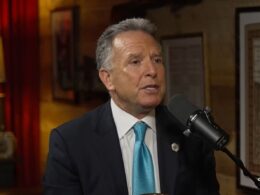Russia has failed to achieve most of its major operational objectives in Ukraine over the past eleven months. Russian forces failed to capture Kyiv, as well as Donetsk and Luhansk oblasts, and to maintain gains in Kharkiv Oblast or hold the strategic city of Kherson. The Russian air and missile campaign targeting Ukrainian critical infrastructure under Army General Sergey Surovikin in late 2022 also failed to generate significant operational effects or demoralize Ukrainian society, as the Kremlin likely intended. Putin and senior Kremlin officials continue
reiterating that Russia has not abandoned its maximalist objectives despite Russian defeats on the battlefield.
While Putin has not changed his objectives for the war, there is emerging evidence that he is changing fundamental aspects of Russia’s approach to the war by undertaking several new lines of effort.
ISW has observed several Russian lines of effort (LOEs) likely intended to support a decisive action in the next six months:
- LOE 1: The Kremlin is intensifying both near- and long-term force-generation efforts.
- LOE 2: The Russian military is conserving mobilized personnel for future use — an inflection from the Kremlin’s initial approach of rushing untrained bodies to the front in fall 2022.
- LOE 3: Russia is attempting to reinvigorate its defense industrial base (DIB).
- LOE 4: Putin is re-centralizing control of the war effort in Ukraine under the Ministry of Defense and appointed Russia’s senior-most uniformed officer, Chief of the General Staff Valery Gerasimov, as theater commander.
- LOE 5: The Kremlin is intensifying its conditioning of the Russian information space to support the war.
The Kremlin’s effort to prepare for a likely intended decisive strategic action in 2023 is not mutually exclusive with the Kremlin’s efforts to set conditions for a protracted war.
Russia’s decisive strategic action in 2023 can manifest itself in multiple possible courses of action (COAs) that are not mutually exclusive. According to US military doctrine, a military can undertake a decisive action at every level of war to produce a definitive result and achieve an objective. Decisive actions can be at the tactical, operational, or strategic level and can be either offensive or defensive.
- COA 1: A major Russian offensive, most likely in the Luhansk Oblast area.
- COA 2: A Russian defensive operation to defeat and exploit a Ukrainian counteroffensive.
The most dangerous course of action (MDCOA) of a Russian offensive against northern Ukraine remains unlikely at this time. However, the Kremlin is creating planning flexibility and will likely expand Russia’s military presence in Belarus in the period leading up to planned major exercises (which could possibly support a combat operation) in September 2023.
The Kremlin retains its maximalist goals to seize all of Ukraine, despite its poor conduct of the war to date. Russian forces remain dangerous, and Ukraine requires sustained support.
Read also:
Ammo shortages likely to hinder Russia’s ability to sustain offensive operations in 2023 – ISW
Russia to struggle to keep pace of operations as it burns through its artillery ammo stocks – ISW




